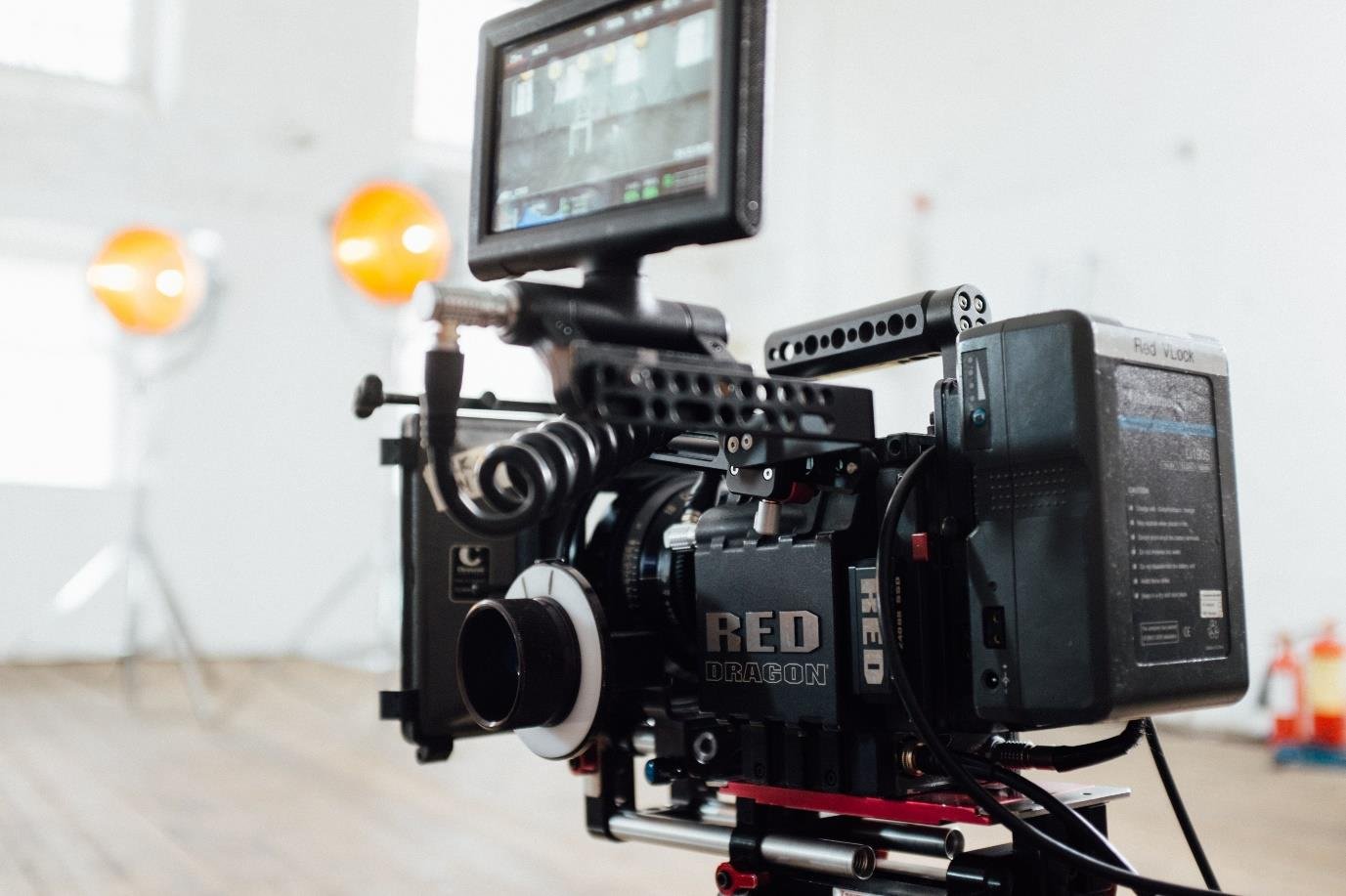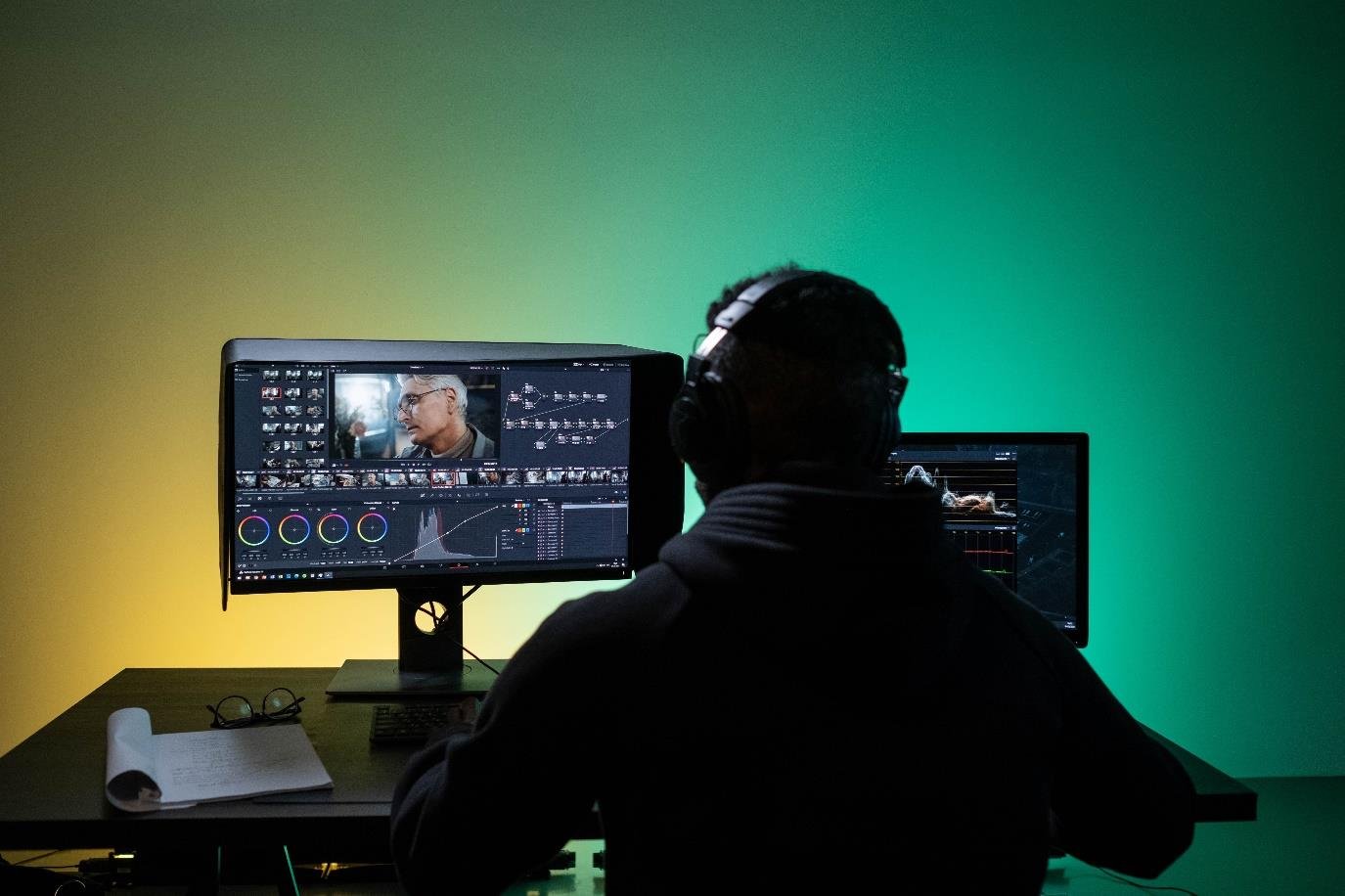Tips For video production
Project Brief
You wouldn't go on a road trip without a map. In much the same way you shouldn't embark on your video journey without
one either.
Here are some things to consider when putting together a video brief.
· Who is the target audience?
Age, gender, interests, profession, etc.
Think about who will watch your video.
What will spark their interest?
· What story are you trying to tell?
Use storyboards to visualize ideas and get buy in from clients, this helps get everyone on the same page.
This will also protect you from any uncertainty when delivering the final video.
· Media channels for the finished video?
Plan out delivery formats and channels.
Thinking about this now will circumvent any unnecessary stress later.
· Technical and equipment checklist?
Renting extra gear or crew to capture a specific style or visual effect shot.
Don't get caught out by production costs eroding your profits.
· Timeline and Scheduling.
Locations, key project dates; pre-production / filming / post-production / delivery.
This will keep the project on track and the crew focused on important creative decisions.
Script
The script is the backbone of any video. It will influence the pace and tone of the production.
Here are some things to consider for a well written script that speaks to the audience in an engaging way.
· Timing and duration.
A general rule of thumb is that one page of a video script equates to one minute of screen time.
It's pointless writing a script that is ten pages long for a three-minute video commission.
· Get the script signed off early.
Working with copywriters and clients can take time between script amends.
Starting filming with a script not finalised, will jeopardize the whole production.
If you're a budding script writer, tools like Hemingway can keep your copy clear and punchy.
Shot List
Think of a shot list as the blueprints for your cinematography.
This keeps all camera crew focused, eliminating wasted time figuring out the next set up.
Airtable is a good option if you need a free accessible online spreadsheet.
If you are new to shot lists, here are some basic starting points to include.
· Scene and Shot Number.
Essential for keeping focus on set and in the edit suite, remember they can't log and bin footage without it.
· Framing and Shot Size.
Lighting and camera crew need to know what lens and shot size the scene requires.
· Dialogue or Action.
Helps keep track of continuity and direction.
· Props and Actors needed for the scene.
This keeps everyone on track, ensuring nobody goes for a coffee at the exact moment you need to roll.
Production Schedule and Call Sheet
Shooting everything from Drama, Commercial to Social or Corporate video.
The schedule is the main thing to consider. Some common things to look out for while putting your schedule together are.
· Loading Time.
It's very important to not overlook this and keep in mind it can vary depending on the scale of the shoot.
· Art Direction/ Lighting/ Camera set-up.
You will need to liaise with each department to find out a rough approximate for each scene set up on the shot list.
Failure to do this can lead to falling behind schedule. Add the time to the call sheet so everyone is up to speed.
· Hair/Make-up
Even if it's a small shoot, try to keep a little budget and time for hair and make-up. It will elevate your productions.
Cast or Interviewee’s could spend up to thirty minutes getting prepped for camera. Schedule this time in the call sheet.
· Send out a Call sheet.
If everyone can find their way to the location. know when and where to be, life will be simpler for all.
It also means cast and crew are on set at the right time with their script memorized or equipment ready to roll.
Studiobinder is an excellent resource for putting together professional call sheets.
Don't Let Postproduction Become a Rushed Afterthought
You've gotten this far, and everything is running like clockwork.
Don't let a rush to post to social or deadline pressure derail your focus.
The post-production process is linear in nature so follow a workflow that’s right for you.
· Ingest And Backup Media.
Download footage onto internal servers or RAID protected drives, so editing can begin.
Please, make a backup and store it at a different location.
This could put you out of business if a fire or flood destroyed your client’s data or your own.
Check out ShotPut Pro for fail safe data wrangling.
· Editing and First Proof
Here at Design for Life it takes a week to cut a 3-5 minute video with comfort.
Although very quick deadlines of 24 hours have been a success in the past.
Whatever your timeline is, get the edit locked as soon as you can to leave time for polishing picture and audio.
· Colour Grade and Sound Mix.
It is often said that we can watch poor quality picture but we can't tolerate bad sound.
Whilst this might be true, grade your footage and mix your audio. This will make your video stand out in a saturated market.
DaVinci Resolve is an excellent tool for doing both and it's free!
· Client Relationship and Delivery.
It can feel like there is ‘radio-silence’ for your client after the excitement of the shoot day.
It's vital to keep them informed on the various steps in the process.
Have dates set for the first proof, amends, and delivery. Even if there is no hard deadline.
This will reduce going over budget and killing profitability.
We hope you found something useful in our tips for video production.
No doubt you are busy formulating ideas on what makes a good video.
Keep an eye out for our latest blog post!





